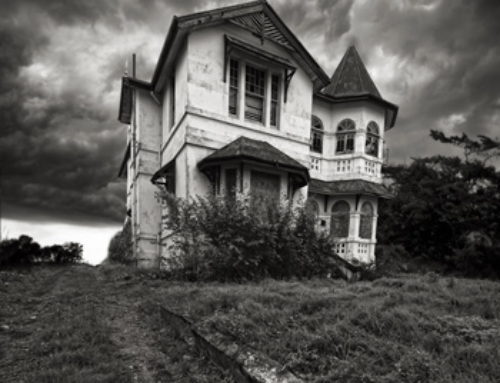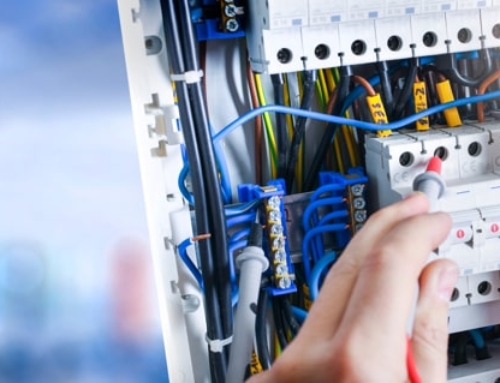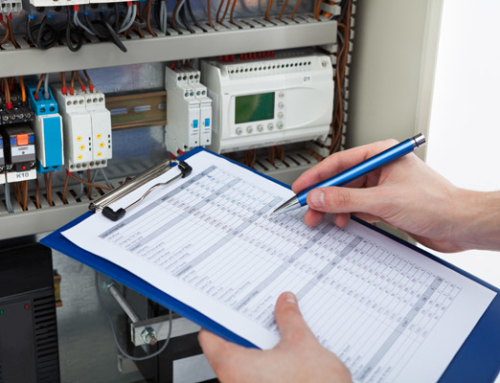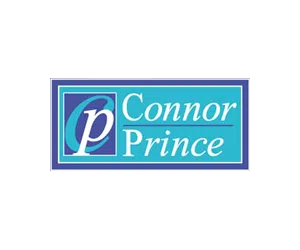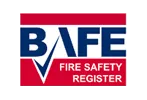Electrical safety in the home is of huge importance: poorly configured electrics can be lethal. But not everyone understands enough about wiring to know whether their electrical systems are safe. For landlords, this is a real problem, since wiring may be altered or damaged by tenants and never reported.
Landlords’ Obligations
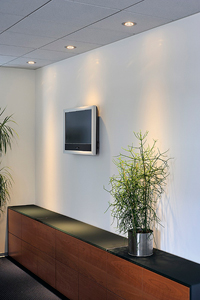
Checking wiring in your rented property is essential
The statistics are alarming. In the UK, at least one person is killed by an electrical accident in the home every week. On average, there are 6,730 weekly injuries from electrical accidents in UK homes; a total of 350,000 per year.
Unfortunately, the regulations surrounding electrical checks are not very clear. According to research in the Guardian, about two fifths of Landlords admit to not having an accurate idea of their obligations when it comes to electrical installations in their properties. About one-fifth of landlords are also unaware that they could be fined if they fail to maintain electrical safety.
Despite this, up to a tenth of tenants state that their landlords are too slow to act on complaints about electrical installations in rented homes. Government data suggests that up to a fifth of homes in the private rentals sector contain category 1 risk hazards. Under the Housing, Health and Safety Rating System, these are considered the most dangerous type of hazard.
Whilst bills have been introduced by the government to make improvements, most have targeted the social housing sector. These measures appear to have made an impact. Statistics show that tenants in social housing are less likely to be at risk than those in private sector tenancies. Owner occupier properties are the safest.
It now looks like the government may be about to address the issue of electrical safety in the private rented sector to bring it up to speed.
Taking Action
The Communities and Local Government Select Committee (CLGSC) has been looking into the private rented sector. Earlier this month, the CLGSC presented its report.
The report contained several recommendations for the government to consider legislation on, in order to improve electrical safety for private tenants.
- The CLGSC want a visual check of electrical installations every time a privately rented property changes hands. They also want this check to be performed by ‘a competent person’.
- Furthermore, the CLGSC want landlords to have a comprehensive review of electrical installations in all of their properties. They want this to be performed every five years.
- Finally, the CLGSC has asked the government to work with the electrical industry to develop an official method of certification for these safety checks.
Whilst these are only recommendations, it is likely that they will be debated in parliament. With the rental sector continuing to grow, the issue of electrical safety in rented accommodation is likely to become more and more pressing.
What You Can Do Now
Establishing a good electrical safety standard is not difficult for landlords. Getting into good habits now will avoid future problems, and up-to-date electrical checks are great selling point for any rented property, particularly domestic properties.
An Electrical Installation Condition Report is an inexpensive but worthwhile option for domestic and commercial properties, and it offers peace of mind for both landlord and tenant. Don’t wait until defects arise or someone gets hurt. It simply isn’t worth the risk.



